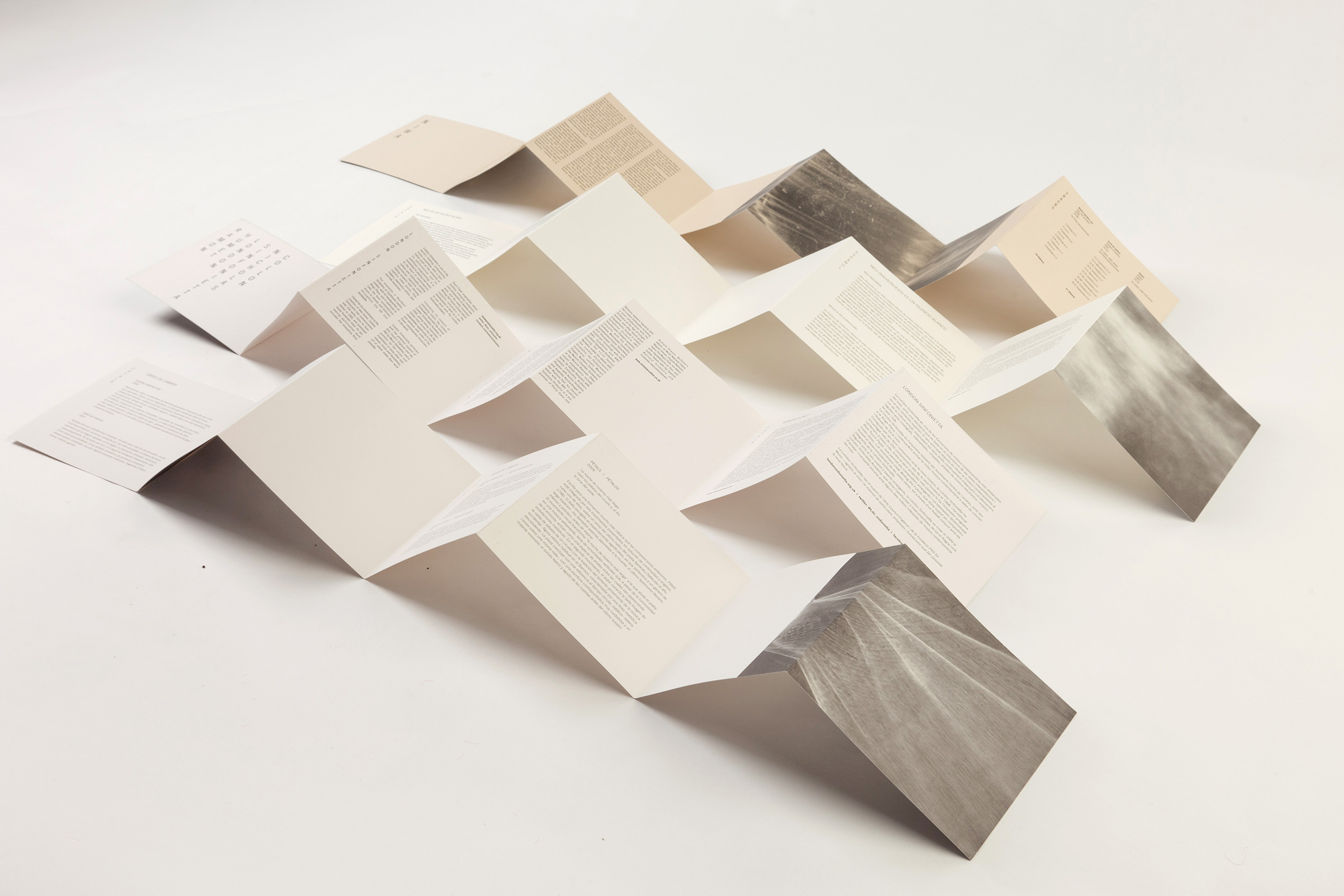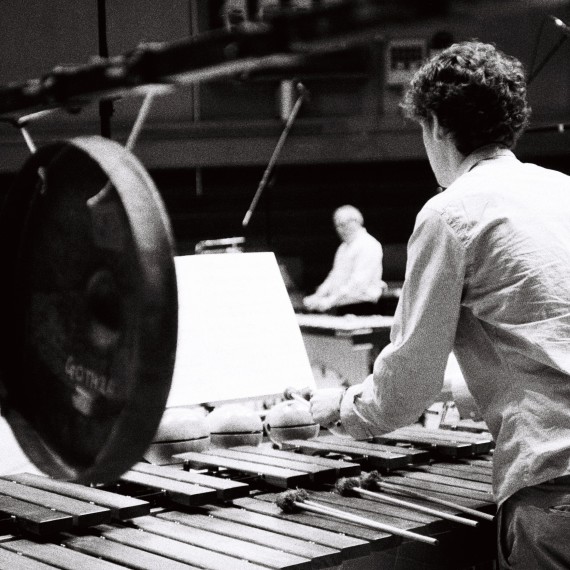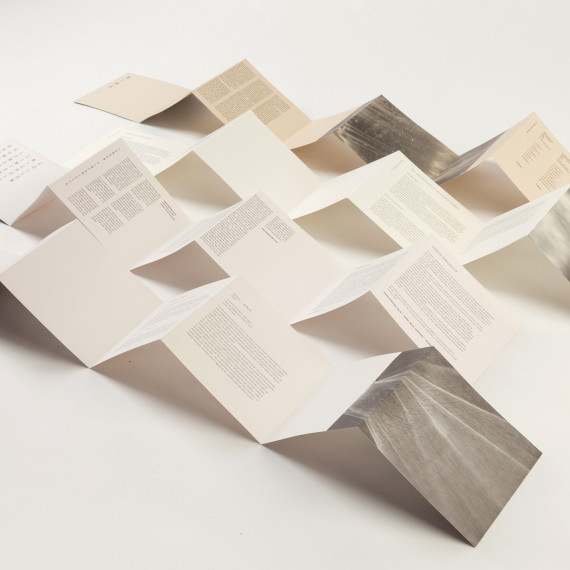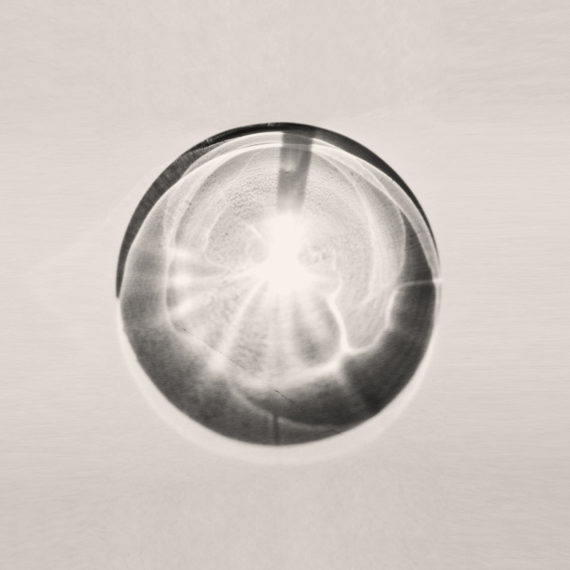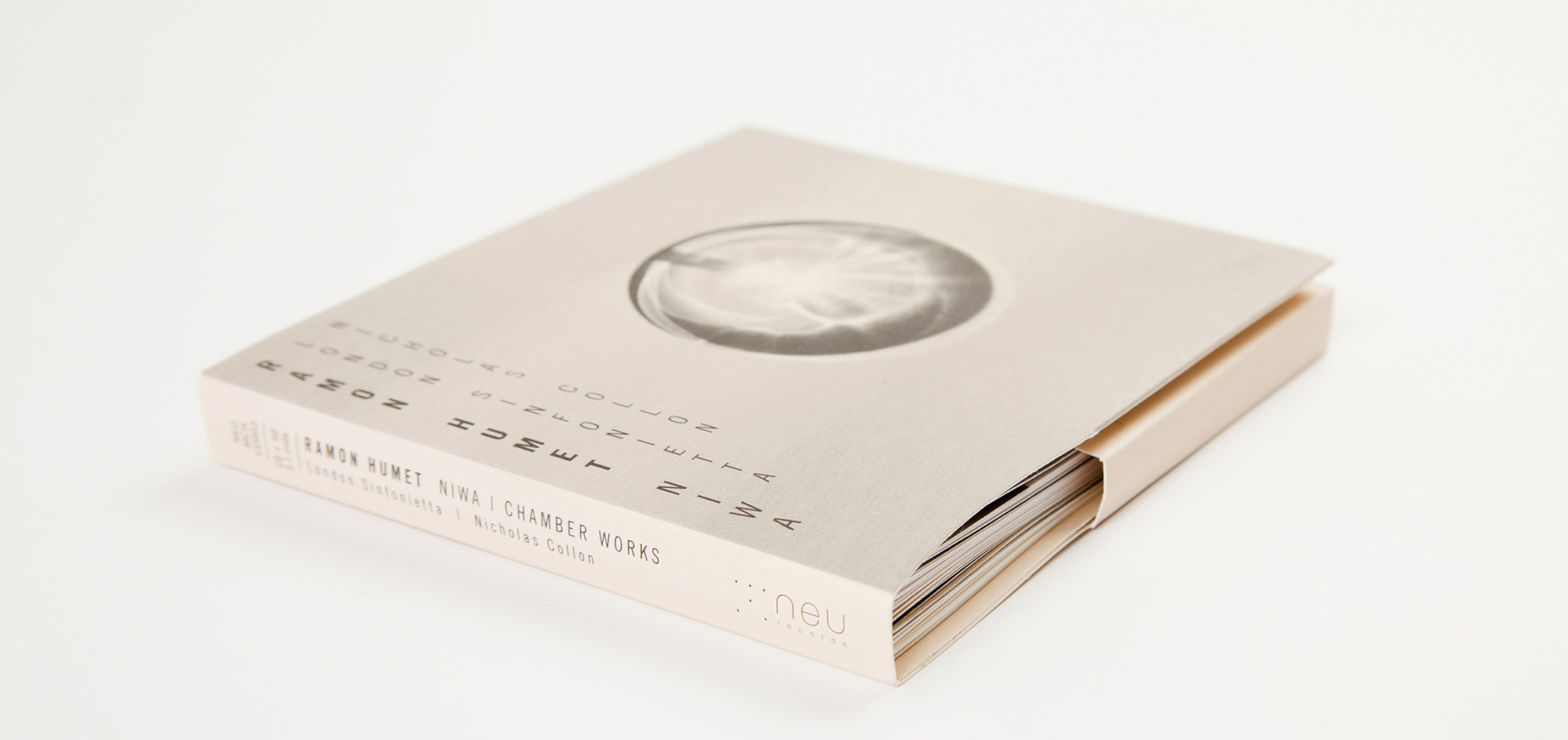
London Sinfonietta, Nicholas Collon
“Ramon Humet’s music is delicate and subtle, with high poetic imagination. Humet is a hope for the future; he has a fine ear, and a spirit full of light.”
Jonathan Harvey
“Exquisitely simple, but endlessly deep.”
The Independent
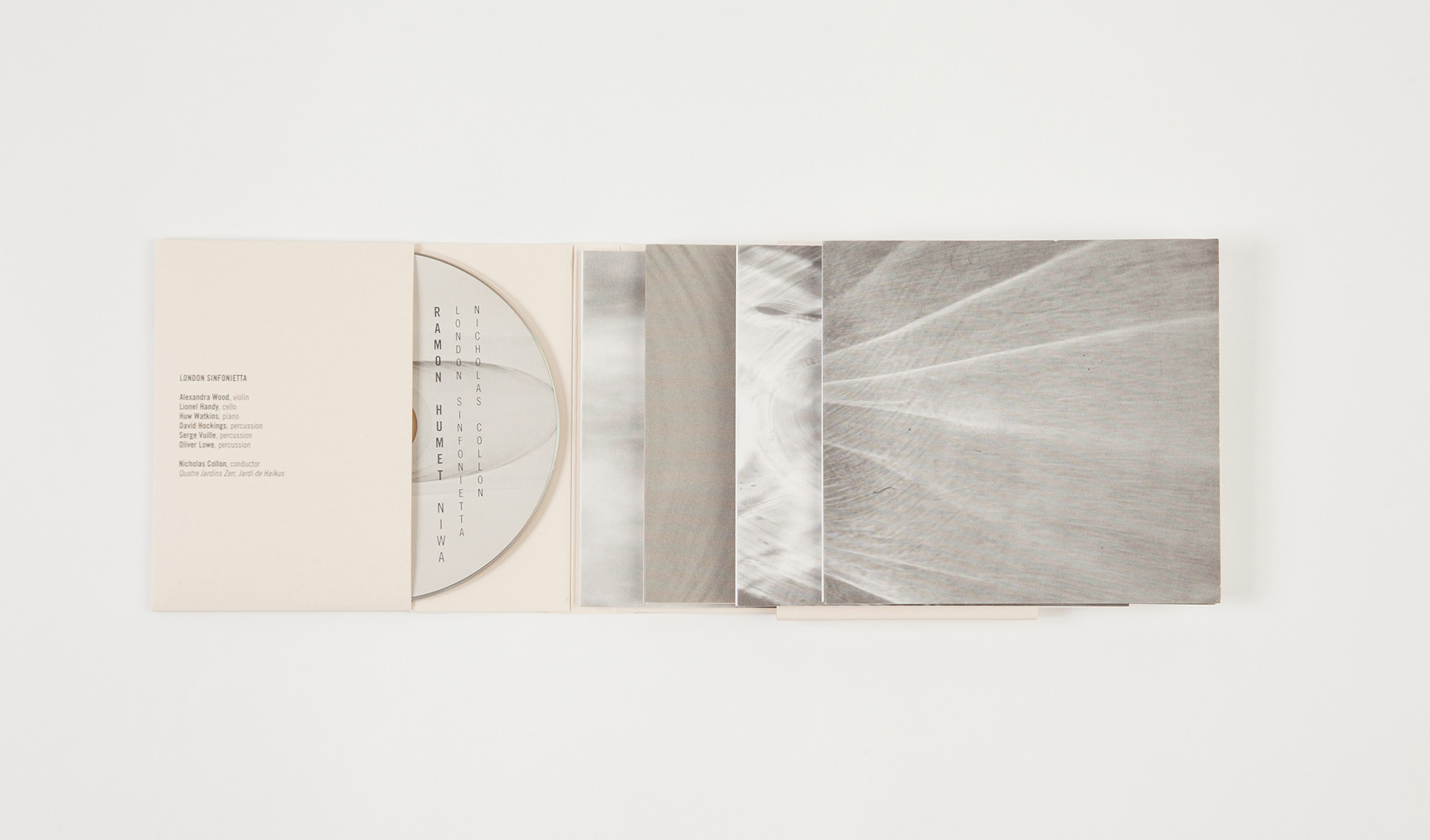
Quatre jardins zen |
for 3 percussionists |
1. |
Prelude |
01:07 | |||
2. |
I |
03:43 | |||
3. |
Interlude |
00:46 | |||
4. |
II |
03:28 | |||
5. |
Interlude |
00:57 | |||
6. |
III |
04:41 | |||
7. |
Interlude |
01:11 | |||
8. |
IV |
01:57 | |||
9. |
Postlude |
01:15 | |||
10. |
Silence |
00:53 |
Jardí de haikus |
for violin, cello, piano and 3 percussionists |
11. |
I. Luminoso |
01:07 | |||
12. |
II. Nervoso |
03:43 | |||
13. |
III. Energico |
00:46 | |||
14. |
IV. Sospeso |
03:28 | |||
15. |
V. Secco |
00:57 | |||
16. |
VI. Estatico |
04:41 | |||
17. |
VII. Scorrevole |
01:11 | |||
18. |
VIII. Scherzando |
01:57 | |||
19. |
IX. Energico |
01:15 | |||
20. |
X. Espressivo |
01:15 | |||
21. |
Silence |
00:44 |
Pètals |
for violin, cello and piano |
22. |
I. The longest winter night |
05:47 | |
23. |
II. Plum petals fall |
05:44 | |
24. |
III. And finally the western moon |
07:39 | |
25. |
Silence |
00:23 |
Buy Album
CD Special Edition
Included formats
CD + Voucher Code to download:
HD FLAC Stereo · 24 bit 96 kHz
HD ALAC Stereo · 24 bit 96 kHz
HD FLAC Surround 5.1 · 24 bit 96 kHz
MP3 · 320 kbps
17,90€
Digital Album in CD Quality
Included formats
FLAC Stereo · 16 bit 44,1 kHz
ALAC Stereo · 16 bit 44,1 kHz
MP3 · 320 kbps
8,00€
Digital Album in HD Quality
Included formats
HD FLAC Stereo · 24 bit 96 kHz
HD ALAC Stereo · 24 bit 96 kHz
HD FLAC Surround 5.1 · 24 bit 96 kHz
MP3 · 320 kbps
12,50€
About Niwa
The garden demarcates a space and establishes order where once capricious nature reigned, it creates a pleasant landscape sprung from the imagination of the one who designed it. When the wanderer enters, without hurry, the garden transforms time: everything seems to slow down and flow gently to the liturgy of wood and water, wind and rock. The garden is, after all, a metaphor for the world that has watched it grow. Like a Japanese garden, the music of Ramon Humet is beautiful, refined, transparent, and often playful. It is so, both in intention and in the measured use of the means employed, –I cannot but relate his music to Joan Miró’s series Constellations. His work is capable of conveying the happy fascination of a child making a new discovery: music of magical smiles built on a foundation of solid technique. Music that flows naturally, –a feat in itself!– that seems to disguise the hours of experimentation and careful thought that went into its composition.
For some years now, Humet has been struck by the sensitivity of ancient Japanese culture. This has meant, inevitably, gazing at surrounding nature and finding beauty in every detail. And every object in the environment, whether stone, leaf, star or insect, becomes a universe of sensations that interact and, ultimately, lead to a spiritual attitude towards life. A fascination with Japanese art also implies stripping one’s discourse of superfluous elements in order to arrive at that which is essential. Hence the use of haiku as the starting point for many compositions. The ability to evoke these lines of scant syllables is so surprising that it has tied the music inseperably to the associated images. We should not think, however, that this is descriptive music in the usual sense: it is, rather, a successful symbiosis between different arts.
Having captured the spirit, the visual elements and the form’s rigour, it just remained for the author to concentrate on the sounds. The bamboo flute was the starting point. In fact, Humet had long been captivated by shakuhachi, to the extent of taking regular classes in order to play it himself. This knowledge from the inside hasallowed him to integrate aspects of the ancient flute into his music: its tonal inflections, the presence of air as an essential part of musical discourse, the meditative nature of the music.
However, his sensitivity towards Asian culture has germinated in very fertile ground, planted long before. Ramon Humet’s restless personality has been forged in various fields: musical, literary, technological, and that of life itself. The study of the piano, at first, and, later, of traditional composition, provided the essential theoretical and practical basis for the development of professional skills –a “necessary” condition, as he says, but “insufficient in itself to create interesting music”. His knowledge of engineering, meanwhile, has made it simpler to apply technology to performance and composition.
But the real turning point was meeting Jonathan Harvey, in the summer of 2000, during the workshop for young composers of the National Youth Orchestra of Catalonia. From that meeting, new creative horizons opened up, above all the influence of spectralism, –mostly in practical terms, of research and treatment of materials, rather than in a dogmatic sense. From here arose the passion for all those composers –George Benjamin, György Ligeti, Toru Takemitsu, Per Norgard– who are so careful with harmony, subtle in their modulation of orchestral colour, true to the desire to innovate without destroying the link with tradition. This last aspect is crucial for those who approach the legacy of the Masters “with great respect and admiration”. Talking with Ramon Humet means sharing the delight he takes in art, the poetry of Basho or Pessoa, or the polyphonic music of the Renaissance. He has never ceased to transmit an enviable enthusiasm for everything he does.
Residing in a small village of the Baix Camp area, at the foot of a rocky hill, the author has left behind the constant tumult of the big city of his birth, valiantly rejecting everything that is not essential to be able to compose. Always aware of recent developments, of significant changes, –his isolation has nothing to do with an apocalyptic attitude, and he is perfectly integrated into today’s culture–, the composer sits at his table, a cup of green tea in his hand, and goes back to his music, -humbly, rigorously, and with love -, picking up from the point where he left it the day before.
Josep Maria Guix
(Translated by Rebecca Simpson)
Quatre jardins zen
(Four zen gardens) 2008
Resonance and silence are the generative elements of this suite for three percussionists. Also, the use of heterophony –ornamental variation on a single melodic line–, becomes the composition’s main principle of construction, capable of providing rhythmic variety, strong contrasts and basic material for transitions between major movements. The vibraphone, enriched by the extensive use of bells and cowbells, becomes a kind of solo instrument that develops a highly expressive argument. The other instruments, all of a resonant metallic colour –except for a rain-stick– generate a symbolic continuum and constitute the emptiness on which an architecture of sound is raised, of great tonal coherence.
Jardí de haikus
(Garden of haikus) 2007
This work for an unusual ensemble –piano trio and percussion trio–, was the first to explore a form consisting of a kind of polyptych; its ten short movements comprise an organic whole with its contrasts, transitions and developments. It is not, therefore, a series of independent miniatures, but a premeditated conjunction, a genuine cohabitation between different compositional processes, always very condensed, that engender mysterious moments, fragments of intense lyricism, and flashes of playfulness.
Pètals
(Petals) 2009
The longest winter night:
plum petals fall and finally
the western moon.
Written for a far more classical ensemble than previous compositions, Pètals consists of three interconnected movements, each built on a line of the last haiku by poet Bankoku (d. 1748). The text chosen is especially significant because it belongs to a genre with a long tradition –the so called Japanese death poem; the last, intense and outstanding, literary statement before the final breath. The first movement transforms “the longest winter night” which the poet alludes to, into vehement music, full of vertical sonorities, which, in spite of the brightness of the harmony, act like spikes between which melodic ripples appear. In the second movement, the composer connects the beautiful image of the falling petals of a plum tree with the tradition of lamento from Western music –a rhetorical figure common in the Baroque, characterised by a descending melodic line. The piece ends with a reference to circular time, ecstatic –repetitions on the same note– with extremely precise contrapuntal writing and a visionary moment: the distant high sound of the strings before the last breath.
The physical and digital scores of Niwa, together with performance rights for the works, can be acquired via the web page of the composer’s editor, Tritó Edicions:
Quatre jardins zen
Instrumentation: 3 perc.
24 pages, 19 min.
Tritó Edicions, Barcelona.
Jardí de Haikus
Instrumentation: vn, vc, pno, 3 perc.
33 pages, 14 min.
Tritó Edicions, Barcelona.
Pètals
Instrumentation: vn, vc, pno.
34 pages, 20 min.
Tritó Edicions, Barcelona.
Ramon Humet · Photos
Homenaje a Martha Graham, Niwa, Ramon HumetNiwa · Album Photos
London Sinfonietta, Nicholas Collon, Niwa, Ramon HumetNiwa · Digital cover
London Sinfonietta, Nicholas Collon, Niwa, Ramon Humet“One of the early releases from this contemporary music label dedicated to surround-sound recordings, Niwa features the London Sinfonietta playing chamber works by Ramon Humet, a Catalan composer with a Japanese influence. The percussion suite “Four Zen Gardens” features bell and bamboo timbres in perfect equilibrium, sustaining the poise suggested by the title, while modulating from Yamash’ta-esque industry to resonant high-register tones. “Garden of Haikus” offers 10 short movements picked out in cryptic collusions, while the three sections of “Petals” represent individual lines from a Bankoku haiku performed by violin, cello and piano with a sombre grace. Exquisitely simple, but endlessly deep.”
THE INDEPENDENT
“The recording is spectacularly vivid, and it’s easy to appreciate the exotic soundworlds Humet invents in Quatre Jardins Zen (for three percussionists) and the crisp imagery of the 10 miniatures of Jardin de Haikus.”
THE GUARDIAN
“Ramon Humet’s Four Zen Gardens opens this arresting compilation. You’re curious about how it’s been notated, the effect seeming both improvised and carefully structured. (…) The recorded sound is spectacularly realistic though, and the tracks of silence separating the three main works are a nice touch. (…) this is refined, magical stuff, as elusive and potent as the brief poem which inspired it.”
Graham Rickson, THEARTDESK.COM
“Meditative atmospheres, a sobre design, harmonic refinement, transfigured echoes of traditional Japanese music (especially of the bamboo Shakuhachi flute), and an equilibrium between sound, resonance and silence are elements that demonstrate obvious parallels to the aesthetic of Toru Takemitsu. The silhouette of Japanese music can be perceived above all in Four Zen Gardens, in which the image of the Japanese garden does not act in a descriptive sense but as a metaphor for the fleeting, the impalpable and the tenuous. The poetic genre of the haiku stands as the structural principle of a musical form articulated in short sections. The result is not so much a succession of autonomous episodes as a fluid succession of musical figures. While Humet’s music obviously comprises the chief attraction of Niwa, further elements contribute to the excellence of the final product. Such is the case of the publisher’s exquisite presentation. Worthy of note, too, are the superb performances by London Sinfonietta, one of the most highly renowned groups devoted to the contemporary repertoire. And, finally, the extraordinary sound recording, which benefits from the latest technological innovations: high definition and surround sound. This is a great success in all its aspects.” Rate: 5 / 5
ABC CULTURAL
“A high quality product made with exquisite care (…) This disc both augments the pleasure of listening and reinvents the concept of sound recording (…) Ramon Humet’s work has the makings of great music. His personal world immediately goes beyond Cagean and orientalist dividends and dives into a world of resonances, timbres and meditative silences.”
DIVERDI MAGAZINE
“(…) expressive poetics charged with resonances from far away, filtered by an extremely contemplative, idiosyncratic voice which turns the music’s temporal material into a fresco of subtly graded inks and brushstrokes. Its rhythmic development of inter-cutting, spontaneous lines, which has little to do with the usual rigidity and dispersion of western music, concentrates the rhythmic energy of these pieces with an air that combines expressive warmth and harmonic resonance. The relationship with spectralism – which Humet recognises -, above all in the model represented by the English composer Jonathan Harvey, is perceptible here as a kind of background vibration, diluted, but flavouring even the smallest details. Humet’s art resembles the art of calligraphy, an art of gesture of the most precise kind, rigorous, and at the same time free, unfettered by any kind of categorisation.”
SONOGRAMA MAGAZINE
“A disc of the highest order, completely in tune with the intention of Humet’s music, which is, in large part, to make contact with the heavens. The extremely careful production by Neu Records, together with London Sinfonietta’s impeccable performance immerse the listener, literally –through the use of surround sound 5.1, for which the right system is required– in a fascinating world. A world of perceptive fineness which runs though each of the disc’s three works from beginning to end, between which a track of silence has been recorded so that one’s body can internalise the musical experience just lived.”
REVISTA MUSICAL CATALANA
“Forward-looking Spanish label Neu Records’ second release explores the music of Barcelona-born Ramon Humet, a composer (&, says his bio, engineer) with a strong interest in Japanese philosophy & thought. The album explores three substantial works of Humet’s, including his remarkable Quatre jardins zen, a large-scale meditation for bright, resonant percussion (favourable comparisons with Claude Vivier’s Cinq chansons come to mind). Alongside the miniature Jardi de haikus they vividly enunciate Humet’s evocative compositional voice.”
5AGAINST4.COM
“Exquisite presentation and attractive design are evident qualities of this new work by the record label Neu Records. (…) The English group give an excellent interpretation, both in terms of beauty, and for its transparency, eloquence and sinuousity of timbre. (…) It is the product of a jeweller -almost an act of devotion- which catapults Neu Records into the sphere of today’s most attractive record labels. A revelation and fully recommended.”
SEGARRA MAGAZINE
“These three works portray the creative stamp of Humet, for whom music is “a metaphor for life”. Many of his scores are musical landscapes; detailed X-rays, subtle and transparent, of space and time.”
ABC
“The chamber works brought together in Niwa represent Humet’s most recent words, perhaps the most subtle given the material worked on, in which he shows the importance of resonance and of silence as generative forces. A highly significant silence marks the breaks between Four Zen Gardens (a subtle percussion piece), Garden of Haikus, and Petals.”
CULTURA|S. LA VANGUARDIA
Composer
Performers
Alexandra Wood, violin
Lionel Handy, cello
Huw Watkins, piano
David Hockings, percussion
Serge Vuille, percussion
Oliver Lowe, percussion
Conductor
Nicholas Collon
Quatre jardins zen, Jardí de haikus
Recorded at
Watford Colosseum, London, January 2012.
Scores published by
Tritó Edicions, Barcelona.
Executive producer
Liner notes
Josep Maria Guix
Music Production and Sound
N · Santi Barguñó, Hugo Romano Guimarães
Translations
Rebecca Simpson, Oriol Giralt
Design
Photos
Produced by
